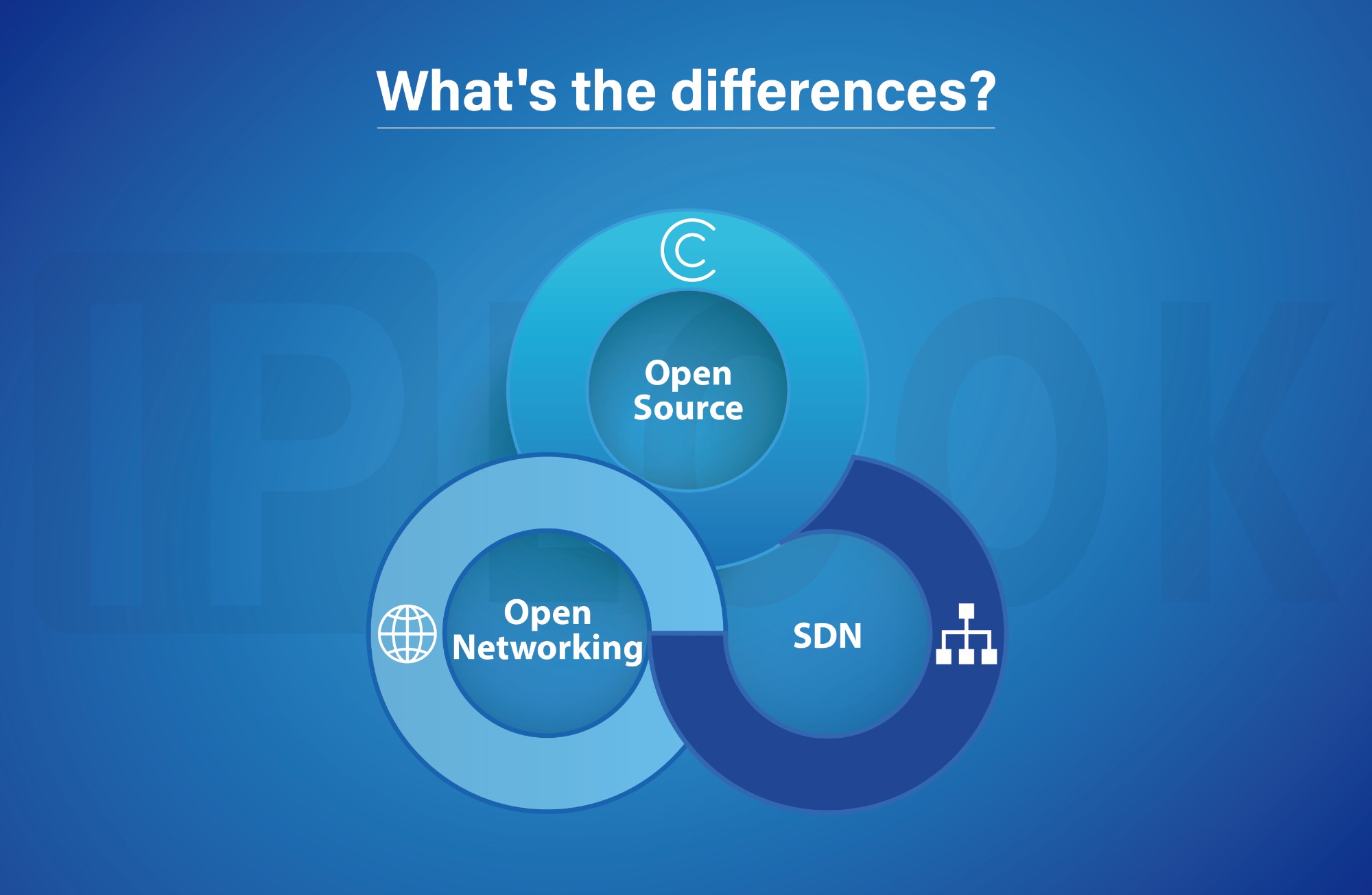
Open source, Open Networking, and SDN (Software-Defined Networking) are three terms related to "open" in the networks, while they have different implications and differ in their applications.
Open source refers to software or program that is made publicly available and can be freely used, modified, and distributed by anyone. One of the main benefits of open source software is that it facilitates the creation of diverse communication paths and interactive technical communities that can be modified to meet the specific needs.
Based on open standards and bare metal server, open networking can build a flexible, scalable and programmable network with agile options of network operation systems. Open networks enable enterprises to increase the flexibility and agility of network infrastructure, thus improve their ROI at lower CAPEX.
Software-Defined Networking (SDN), is a network architecture that separates the control plane from the data plane, which is a method of network virtualization and containerization that provides centralized management and configuration of the network, rather than using multiple switches and servers. This approach optimizes network resources and efficiently respond to changing business needs.
SDN and open source play an important role in achieving an open network, while network operation systems in open networking and SDN are not always open-source. As networking continues to evolve, understanding the differences among Open Source vs Open Networking vs SDN is essential for organizations that want to build a network infrastructure that is optimized for their specific needs and requirements.

